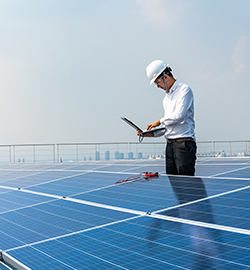"People who want to install photovoltaic panel systems on the roof or on the ground, in order to ensure the production of electricity for their own consumption, assume the capacity of prosumer provided they opt for an on-grid system. Before deciding to take this step, prospective prosumers are required to assess a number of aspects to help them estimate the type of system that is most suitable for their needs, as well as the costs and return on investment thereof to the best extent possible."
Anamaria Marin, Head of Marketing B2C, Enel X Romania









